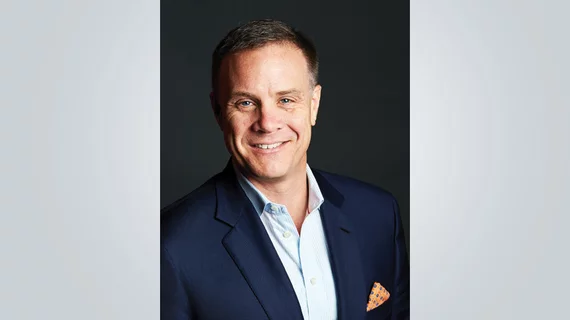It’s all about the data. We’ve been saying this for years. We can choose to look at this in one of two ways. It’s either a constant truism or it actually evolves and gains mass over time. In the age of artificial intelligence, it is both.
In the last issue of this magazine, one small subhead offered great truth: “Don’t let data access derail clinical breakthroughs.” We can’t, and thus need to build a solid strategy so that can’t happen.
Healthcare is on a mission to innovate, powered by artificial intelligence and machine learning. Collecting data, storing data, learning from data—and even more so, grabbing a rear-view mirror to peer back into data to see what may have been missed. And doing that again and again over time. The value of data are now, and later, and thus always need to be nearby. That is what physicians, data scientists, engineers and informaticists need to generate breakthroughs and good outcomes on a daily basis.
The way forward is supported by smarter infrastructure that evolves along with data needs. At its core is a data hub with high computing power and a massively parallel structure, storing and serving up data quickly. We call this storage technology FlashBlade but this is why it matters. It offers a much higher rate of access from a much larger pool of data. In moving from rotational spinning disk to flash, enterprises are no longer bound to the latency principles of spinning disk or the throughput limitations of traditional disk systems. Hospitals, health systems and AI developers already using it are succeeding in accelerating and achieving innovation. To put it more simply: Storage got better, compute got faster, and now physicians and researchers are going deeper into these massive data stores to find more robust results.
Let’s look at this from the perspective of a pediatric radiologist. Their numbers are low but the need for their skills is high. So there would be great benefit to developing a machine learning application, for example, that looks at 100,000 scans to detect anomalies—significantly greater than a person could ever accomplish—and identify 421 with anomalies that need to be viewed by a human. This would be significant, and accomplished in seconds.
That’s an example of why we started Pure. We had a belief that if you took out the limitations of spinning disk and moved to an all-flash world, you would improve performance, density and speed. A smaller form factor also allows users to have more systems and increase performance by an order of magnitude. As we said, we can’t let data access derail clinical breakthroughs.
Simplicity also was a mission. Modernizing storage needs to remove the complexity. To that end, our method of storage can be run by an IT generalist, rather than a storage professional. We also sought to create a non-disruptive model so systems are upgraded in real time. Some 60 to 70 percent of support incident triage is done proactively and invisibly to users.
This model also changes purchasing by eliminating the storage refresh and re-buy process. Costs are lower too. Since we are more efficient in how we’re processing data and cost per terabyte or gigabyte, we hope to that fewer dollars spent on storage but put toward raises for staff or more investment in researchers.
We believe we have truly built something that is going to empower our customers to make the world better. This model offers a better method of storage, networking and compute. These three things were the legs of the stool that became the platform on which we built the company. And that’s why Pure is behind this magazine and educational effort. We recognize the power of working alongside pioneers in AI, both in healthcare and in industry. We have built a foundation to support AI so healthcare can build a better foundation too.
-
View more features from this issue:
Embracing AI: Why Now Is the Time for Medical Imaging
Leveraging Technology, Data and Patient Care: How Geisinger Is Interjecting Insight & Action
Bullish on AI: The Wisconsin Way: Reengineering Imaging & Image Strategy
ML’s Role in Building Confidence and Value in Breast Imaging
Will ‘Smart’ Solutions Really Transform Cardiology?
Matching Machine Learning and Medical Imaging: Predictions for 2019
NYU’s Daniel Sodickson on AI, Facebook and Why Faster MR Scans Could Improve Healthcare

